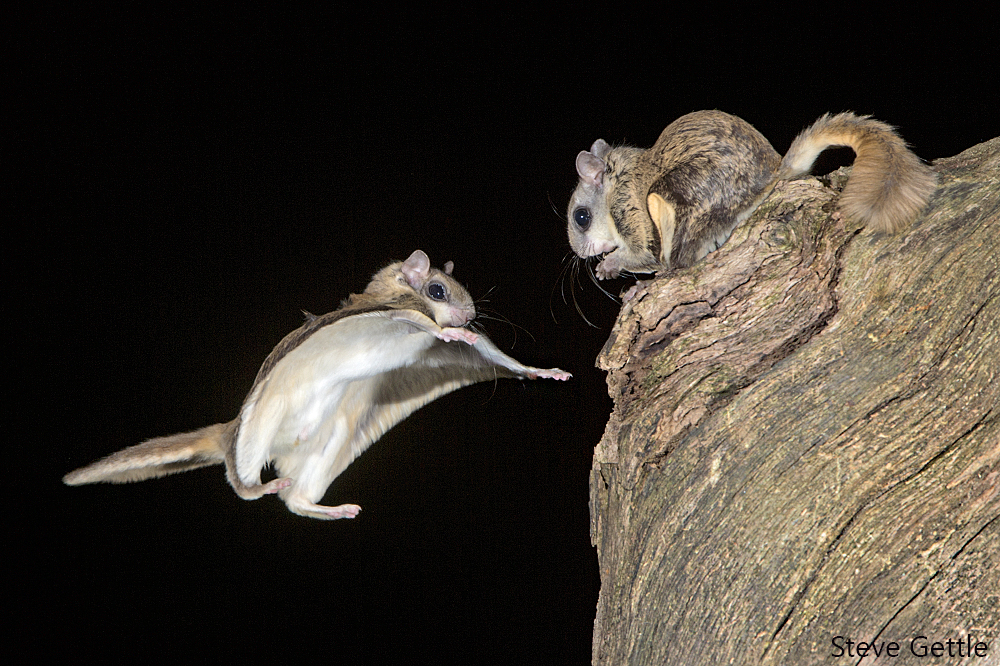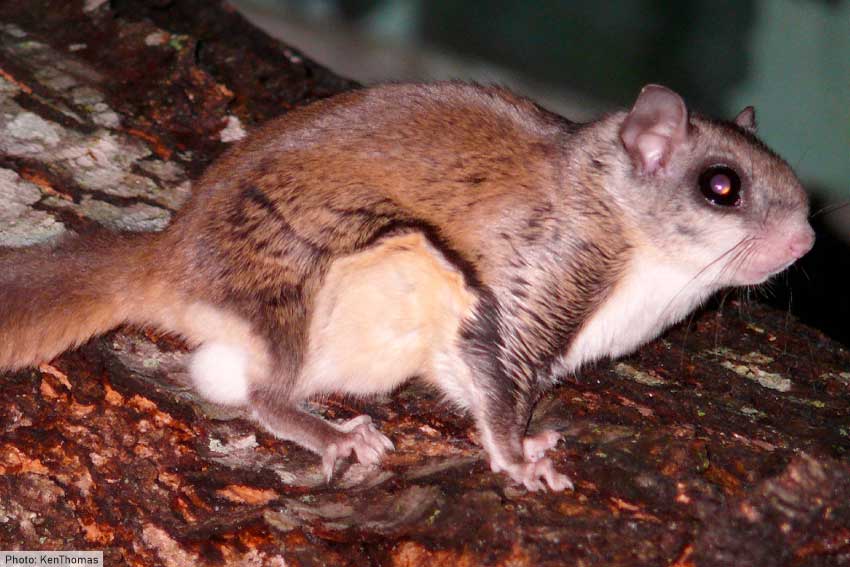
it looked like they were never interbreeding with one another ," Arbogast said. Southern flying squirrels need a cage at least 16' wide x16'deep x 30' high. It's large eyes, loving nature, and gliding ability make it a popular pocket pet. Adults are usually 9 to 10 ' long including the tail, and weigh between 4- 6oz. "They were so divergent in the length of the copies of these microsatellite markers that not only were they two distinct populations, but. A southern flying squirrel is quite small.

Not even each other's closest relativeĪrbogast and his team analyzed the squirrels' mitochondrial DNA to determine how different the two populations were and how long ago they diverged from one another - likely about one million years ago.īut mitochondrial DNA is only passed on matrilineally - that is, by the mother - so the team also analyzed the squirrels' nuclear DNA for markers known as microsatellites, which can be used to determine how much gene flow is happening between populations - that is, how much they are breeding with one another. "No one's done any ecological or behavioural studies looking at trying to see what the differences were, because before, everyone thought they were just one species," Arbogast said. Initial indications are that Humboldt's squirrels tend to be smaller and darker in colour, but further study will be needed for conclusive answers. "Kind of funny for a scientist, right?"Īrbogast and his team have not yet determined a precise list of features or behaviours that differentiate Humbolt's flying squirrel (Glaucomys oregonensis) from the wider-ranging northern flying squirrel (Glaucomys sabrinus) other than their differing DNA. Along with tree squirrels, chipmunks, ground squirrels, woodchucks and marmots, and prairie dogs, flying squirrels are members of the squirrel family, Sciuridae. "He was so famous that he was considered to be the second most famous person in the world behind Napoleon," Arbogast said. Description: Southern flying squirrels (Glaucomys volans) are one of two species of flying squirrel found in North America the other is the northern flying squirrel (G. Meet Humboldt's flying squirrelĪrbogast and his team dubbed the new species Humboldt's flying squirrel in honour of the state university where Arbogast spent the first eight years of his career - and also the German scientist Alexander von Humboldt, of whom Arbogast is a big fan. They're small, quiet and mostly nocturnal, and therefore rarely seen in the wild. "What we found was that there were definitely two very distinct genetic groups."įlying squirrels can be found across the world and use a furry membrane between their front and back legs to glide between trees, steering and braking with their tails. "We had done some work in the past that suggested that somewhere out in the Pacific Northwest, there was a genetic break between the Pacific coastal population and the ones that were more interior in British Columbia and the Rocky Mountains," said the study's lead author Brian Arbogast, an associate professor of biology at the University of North Carolina Wilmingdon. They are about 30 cm (12 in.) long and weigh about 139 g (46 oz.Brian Arbogast, the study's lead author, holds a Humboldt's flying squirrel, found on the Pacific coast between southern B.C. Their colours range from tan to cinnamon and they have greyish-white belly fur. So you will notice them often in riparian areas, near streams and rivers. Glaucos means for silver or grey, mys means mouse, and sabrinus come from the Latin word for river-nymph.


The scientific name for the northern flying squirrel is Glaucomys sabrinus. It is the northern squirrel that you would be likely to encounter in the Pacific Northwest, so it is the focus of this article. The southern species is considered ‘vulnerable’ but the northern species is not at risk. The southern flying squirrel (with 10 sub-species) inhabits a broad range in the eastern and midwestern United States, but in Canada is only found in very small, scattered pockets of southeastern Ontario. in Alaska and northern areas of the Rockies and Appalachians. The northern flying squirrel (with 25 sub-species) may be found in forests throughout most of Canada, except for the central prairies and the extreme North also in the U.S. There are two species of flying squirrels that live in North America.


 0 kommentar(er)
0 kommentar(er)
